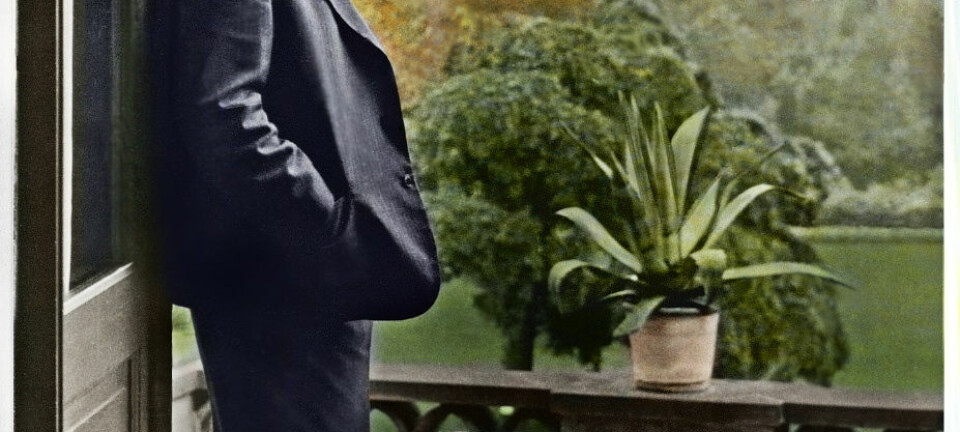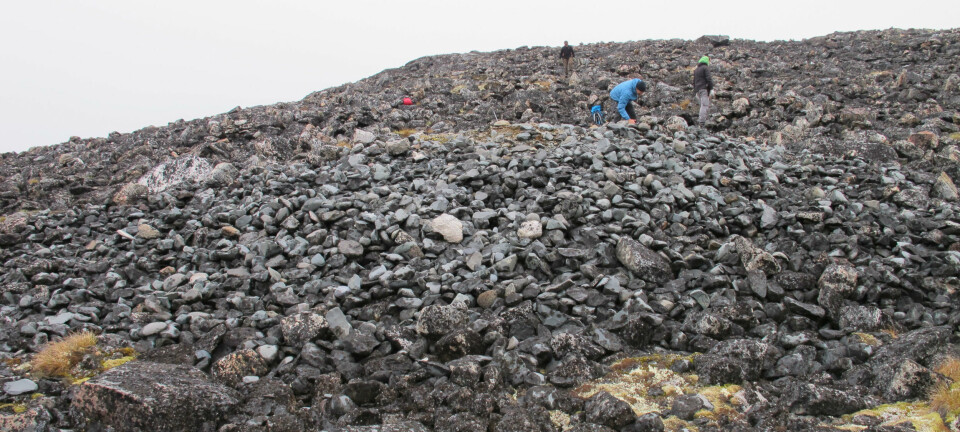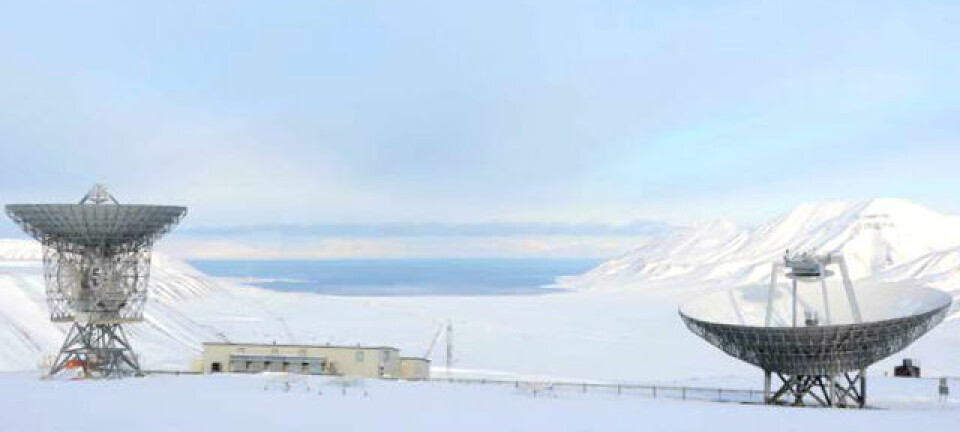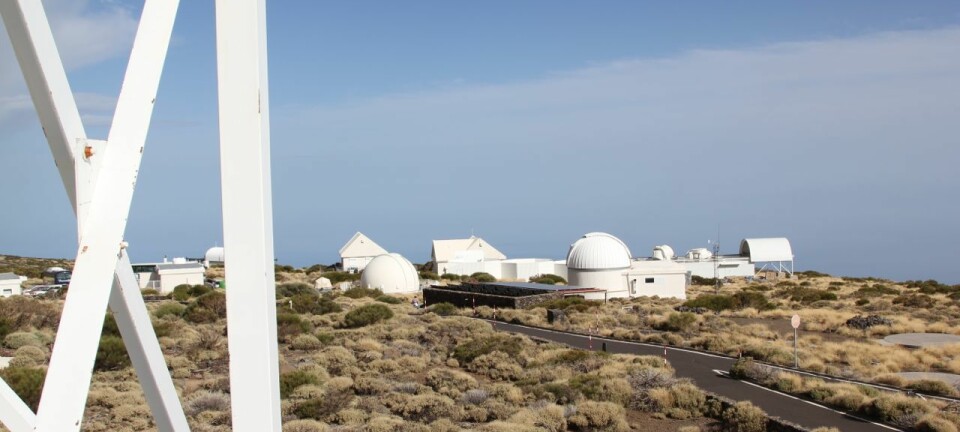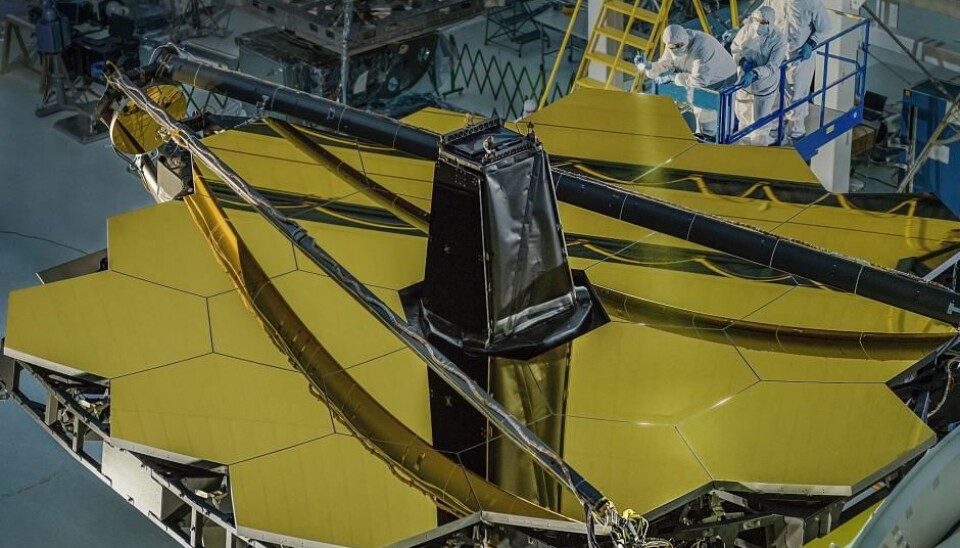
New space telescope will reveal the light of the first stars and galaxies
The enormous James Webb telescope will soon be launched into space, and scientists are already looking forward to the new knowledge it will bring.
Astrophysicists can hardly wait. Pictures from the James Webb Space Telescope will reveal the universe’s history and explain the history of the first stars and galaxies. The impressive new telescope will allow scientists to finally see the cosmic daybreak.
Astro-Physicist Sune Toft from the Niels Bohr Institute at the University of Copenhagen is among them.
“With the James Webb telescope we’ll be able to see, what we call the cosmic dawn—the time where the universe goes from being completely dark to having stars, galaxies, and black holes. It happened in a very short time, which is in the blink of an eye in a cosmic perspective,” says Toft.
“We know that it happened when the universe was between 300 and 600 million years old. But we don’t know how it happened. It’s one of the biggest questions that the James Webb telescope will help us to answer,” he says.
New research centre on the way
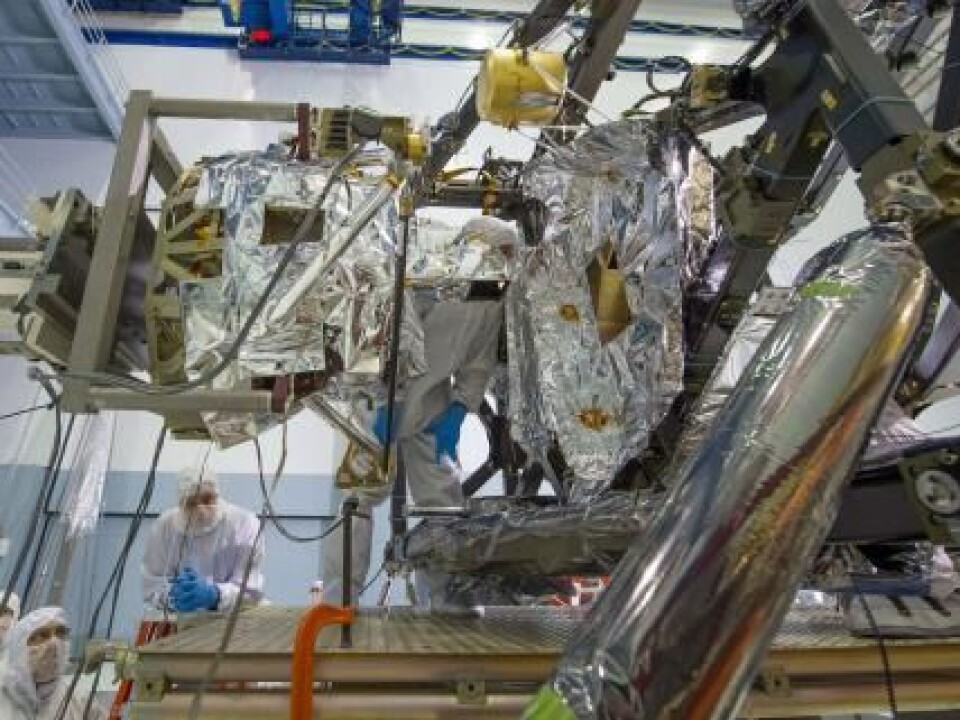
Sune Toft will be at the forefront of a new basic research centre, the Cosmic Dawn Centre (DAWN). Here, astrophysicists from around the world will find out how light came to the universe, with the help of the James Webb telescope and the ALMA observatory in Chile.
The University of Copenhagen and the Technical University of Denmark (DTU) have teamed up to establish the centre, which is financed by Denmark’s Basic Research Foundation. It is still in the planning phase, but activities will commence in the autumn.
Scientists from DTU have been involved in the construction of the telescope, and will therefore be granted observation time, which means that they can decide what the telescope will search for. It is an important part of the background for the new centre.
Designed to see the first galaxies
The Hubble telescope showed us that galaxies formed earlier in the history of the universe than we had first thought, says Toft. But the Hubble telescope only reveals galaxies that formed approximately half a billion year after the Big Bang—and not the first stars or galaxies.
“We need a telescope that is much bigger and more sensitive than Hubble, and which can catch infra-red radiation. The light from the first stars and galaxies are redshifted as the universe has expanded, so their light that was once visible is now in the infra-red,” says Toft.
The James Webb telescope is designed to catch the infra-red radiation from the universe’s early childhood. So it can look further back in time than Hubble.
Scientists calculate that they can catch this light emitted by the first generation of stars—something that no telescope has managed to do before.
--------------------
Read more in the Danish version of this story on Videnskab.dk
Translated by: Catherine Jex
